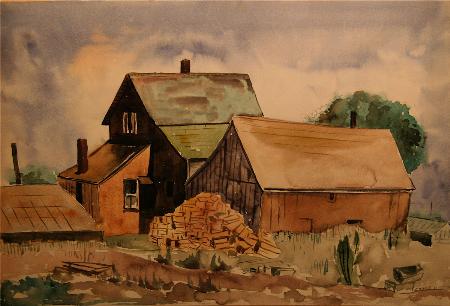In the early 1930s, three high school students were preparing work for a national art contest sponsored by the Scholastic magazine. Destiny would not abandon these Seattle teens to ordinary lives: they would go on to study calligraphy in China and philosophy in Japan; they would fight in the second World War, work in the fish canneries of Alaska and eventually they would become founding members of one of the Pacific Northwest’s major art movements. But first, they had Scholastic Awards to win.

Morris Graves (Scholastic Art Award, 1932), George Tsutakawa (First Prize Linocuts, 1932), and Fay Chong (Second Prize Block Prints, 1933) attended Broadway High School in Seattle and were some of the founding artists of the Northwest School of Art. The Northwest School was a regional contemporary art movement that became popular during the 1930s and 1940s. Artists in the Northwest School were inspired by Asian art and philosophy, Abstract Expressionism and their region’s environmental beauty. When these artists began producing paintings, sculptures, prints and photography, the contemporary art world took notice. From high school and through the course of their careers, these three artists’ paths crossed more than once. Read more about Morris Graves (who named all his pets Edith and went to class barefoot), George Tsutakawa (who was honored by the Emperor of Japan) and Fay Chong (who moved to China after high school).
Our traveling exhibition will slowly wend its way into Seattle, Washington, where it will be on display at the Seattle Art Museum from March 12 – April 24, 2011. When visiting the Museum, be sure to keep an eye out for the work of past winners Morris Graves, George Tsutakawa and Fay Chong as well as the 2010 Scholastic Award recipients.
And if our writers are feeling left out of the Scholastic Awards’ Seattle history, just check out our article on Francis Farmer, a.k.a. the Bad Girl of West Seattle High.
Morris Graves (1932). George Tsutakawa noticed his classmate’s artistic talent during lunch hour. Morris Graves had drawn every fire hydrant on the neighboring streets, insisting they were all different: “Every fire hydrant has a different character, different color, different texture, and some are leaning.” But Graves left high school in Seattle and moved in with family in Beaumont, Texas, where he finished his degree and attended class barefoot. He submitted his work from Texas, but couldn’t stay away from the Seattle region for long. Many of his works were acquired by the Seattle Art Museum, which began collected Northwest School artist works. His search for knowledge and inspiration took him to far places such as Japan, Puerto Rico and Ireland. For many years he lived on an island with a series of pets (dogs, cats and birds) named Edith, after the poet Edith Sitwell. Though his work changed and evolved, one thing he never lost was his sense of individuality.
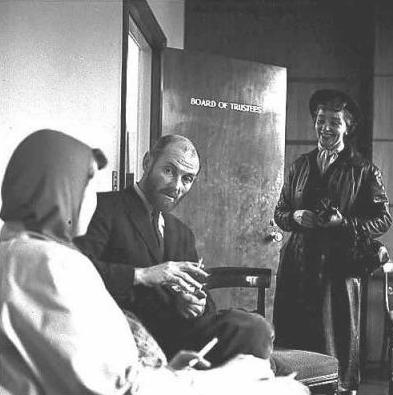
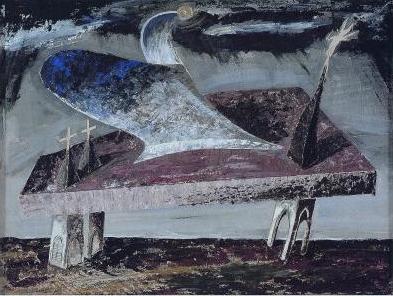
George Tsutakawa (1932). George Tsutakawa shared a name and a birthday with George Washington, but this didn’t stop his family’s import-export business from being confiscated during World War II. George was a Japanese-American who was born in Seattle but was sent to live with his grandparents in Japan at the age of seven. He grew up taking lessons from a Zen master and learned calligraphy and pottery. He returned to the United States as a teen, and spent his summers working in Alaska’s fish canneries and his high school and college years helping with the family business. His Scholastic Award-winning piece was inspired by his summer job: in 1932, he won a $50 First Prize for a linocut showing a pile of herring on a platter. Against his father’s wishes, he decided to become an artist. Every experience – from his undergraduate education to his summer jobs to being drafted in the army – informed the development of his art. In middle age, George returned to Japan to study Japanese art and philosophy, exploring man’s relationship to nature. His public fountains and sculptures are well-known throughout Japan and Seattle, and he has received accolades from the city of Seattle and the Emperor of Japan.
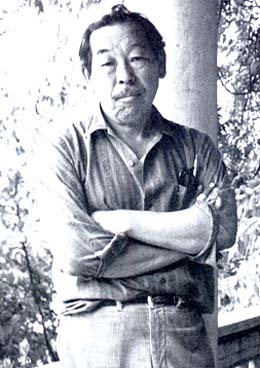
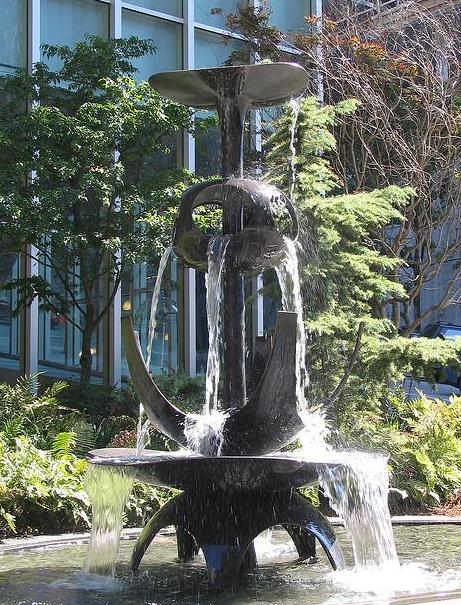
Fay Chong (1933). Like George Tsutakawa, Fay Chong spent part of his formative years in Asia. Chong was born in Canton, China, and moved to Seattle when he was eight years old. He graduated from Broadway High School a year after classmates George Tsutakawa and Morris Graves. During his senior year, he also won Second Prize for Block Prints in the 1933 Scholastic Art Awards and created a Chinese Arts Club with George Tsutakawa and other artists with an interest in Asian arts. Fay Chong spent a year studying calligraphy in China shortly after high school, and his Asian heritage played a heavy influence in his watercolor paintings and prints.
